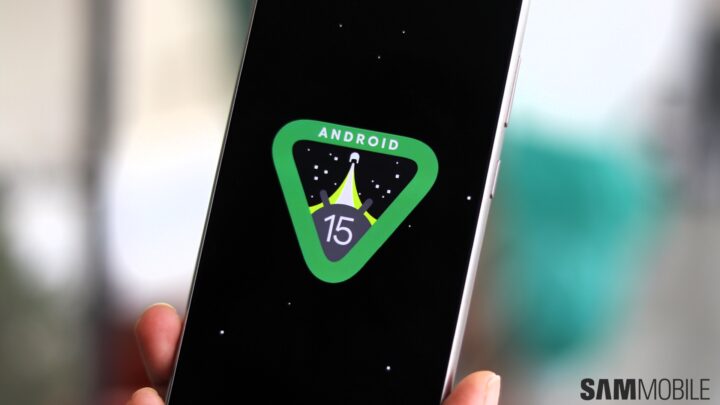Samsung was the first Android brand to take support for software updates seriously. In conjunction with the launch of the Galaxy S21, the company announced four major updates to its Android OS for high-end devices, surpassing even Google. But Google came back strong and announced seven major Android OS updates, and Samsung matched. However, we are likely to see more Android smartphone brands follow the lead of Google and Samsung.
Google improves Android to make it easier for brands to deliver 7 Android OS updates
Similar to Samsung, Google hopes to provide seven major Android OS updates to other Android smartphone brands as well. The Google Requirements Freeze (GRF) program launched in 2020 allows chipset manufacturers like MediaTek and Qualcomm to support their brands with up to three major Android OS updates. According to Android authorities According to the report, if brands want to offer more Android OS updates, they will have to pay additional update fees to chipset vendors.
The new Longevity GRF (Google Requirements Freeze) program allows chipset vendor software to be reused to update seven Android versions instead of three. This means that phone brands that launch phones with Android 15 can offer seven Android OS updates by Android 22.
The recently announced Snapdragon 8 Elite is the first chipset based on Longevity GRF, making it easier for the brand to deliver seven major Android OS updates. Therefore, brands other than Google and Samsung can also deliver seven major version updates of Android without spending large amounts of money or engineering resources. However, it remains to be seen whether these brands will provide further updates.
Galaxy S25 will be the first Samsung smartphone to be launched with Android 15 (One UI 7) and Snapdragon 8 Elite chipset. You can see One UI 7.0 in action in the video below.
Longevity GRF also has its pitfalls. Smartphone brands are required to update their Linux kernel versions once every three years. If a brand wants to certify an update, it must be a major kernel update. This discouraged Android smartphone brands from supporting new hardware features added to new versions of Android.


